Picture this: towering dinosaurs roaming the Earth beneath a sky filled with different stars than the ones we see tonight. While these magnificent creatures dominated our planet for over 160 million years, they were living in a universe that was actually smaller than the one we know today. This isn’t science fiction – it’s the fascinating reality of how our expanding cosmos worked during the age of dinosaurs.
The Universe Has Been Growing Since Day One
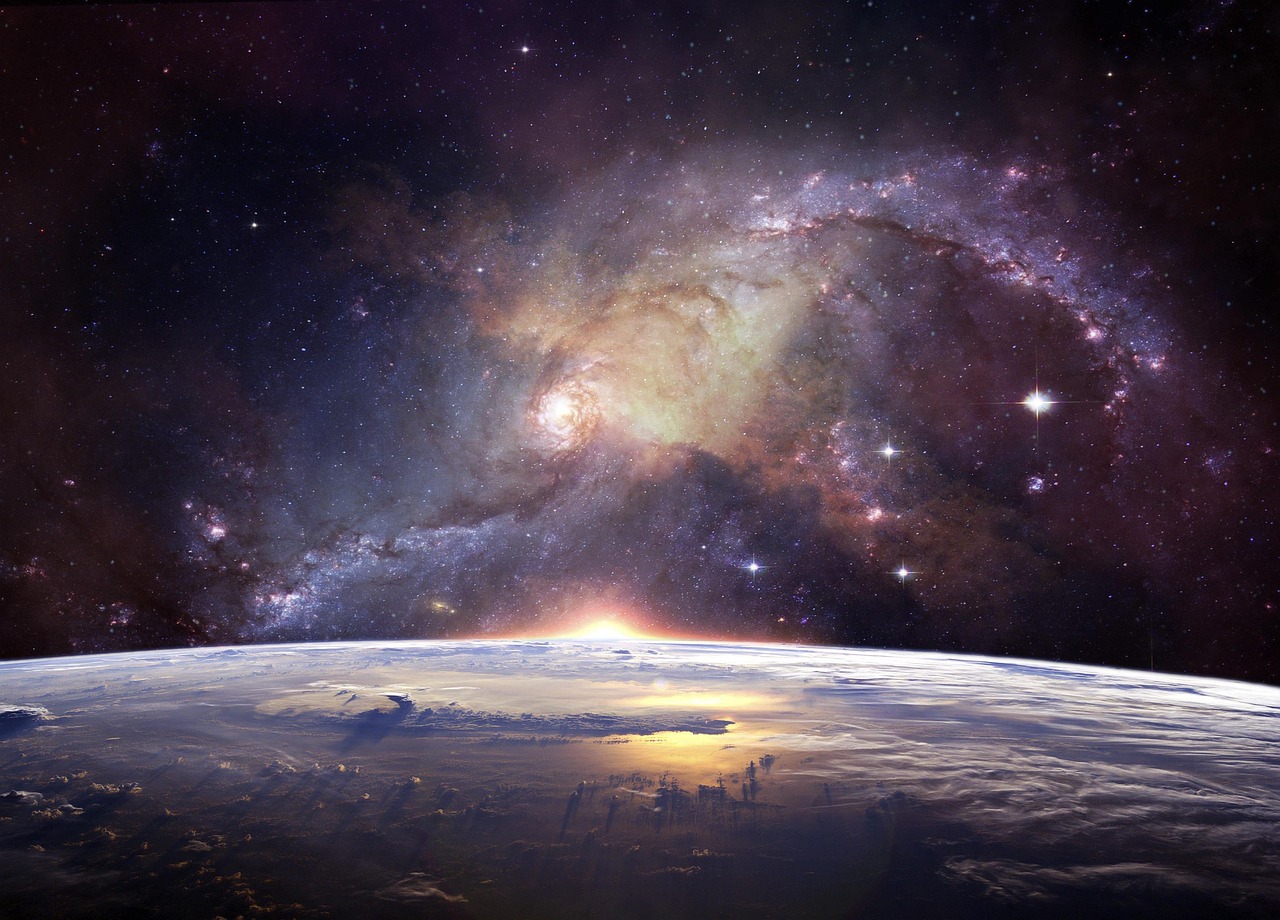
The universe hasn’t always been the same size it is today. Our current understanding of cosmology sets the Big Bang at 13.787 ± 0.020 billion years ago, and from that very moment, space itself has been expanding. Think of it like a balloon being inflated, but instead of air filling the balloon, it’s space itself getting bigger between galaxies and stars.
Cosmic expansion subsequently decelerated to much slower rates, until around 9.8 billion years after the Big Bang (4 billion years ago) it began to gradually expand more quickly, and is still doing so. This means the universe was expanding more slowly during the time of dinosaurs than it is now.
When Dinosaurs Ruled a Smaller Universe
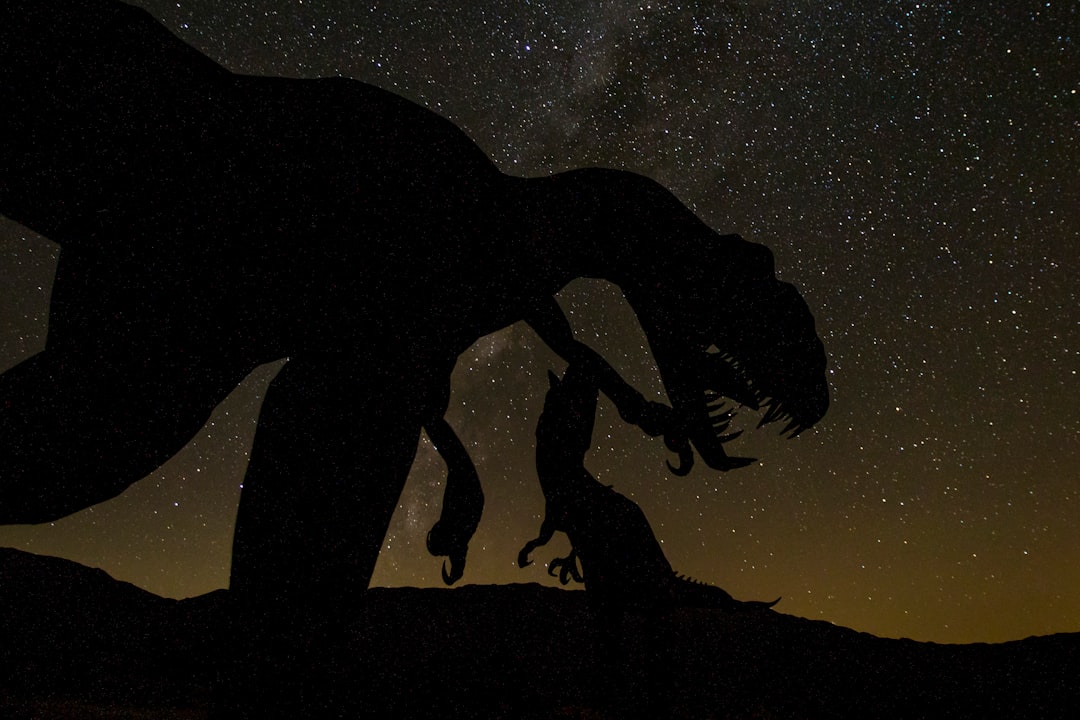
Dinosaurs first appeared during the Triassic period, between 243 and 233.23 million years ago, and became the dominant terrestrial vertebrates after the Triassic–Jurassic extinction event 201.3 million years ago. At that time, the universe was roughly 13.5 billion years old – pretty mature by cosmic standards, but still significantly smaller than today’s universe.
The most famous dinosaurs lived during different periods. Dinosaurs such as Stegosaurus, Iguanodons and Giganotosaurus lived during the early Cretaceous while Earth was on the other side of the galaxy. The long 79-million-year stretch of the Cretaceous period largely happened there. To put things in perspective, Tyrannosaurus rex existed on Earth when it was in a part of the galaxy that is closer to our current position than many other dinosaurs.
The Math Behind a Shrinking Past

Calculating exactly how much smaller the universe was during dinosaur times gets complicated because expansion rates have changed over cosmic history. However, we can make some educated estimates. The scale factor is proportional to the average separation between objects, such as galaxies, and is smaller in the past and larger in the future.
Scientists use something called the scale factor to measure how much the universe has expanded at different points in time. While the exact numbers vary depending on which period of dinosaur history we’re examining, the universe when T. rex roamed the Earth roughly 66 million years ago was measurably smaller than today’s universe. Every galaxy, every star cluster, and every cosmic structure was closer together.
What “Smaller” Really Means in Space
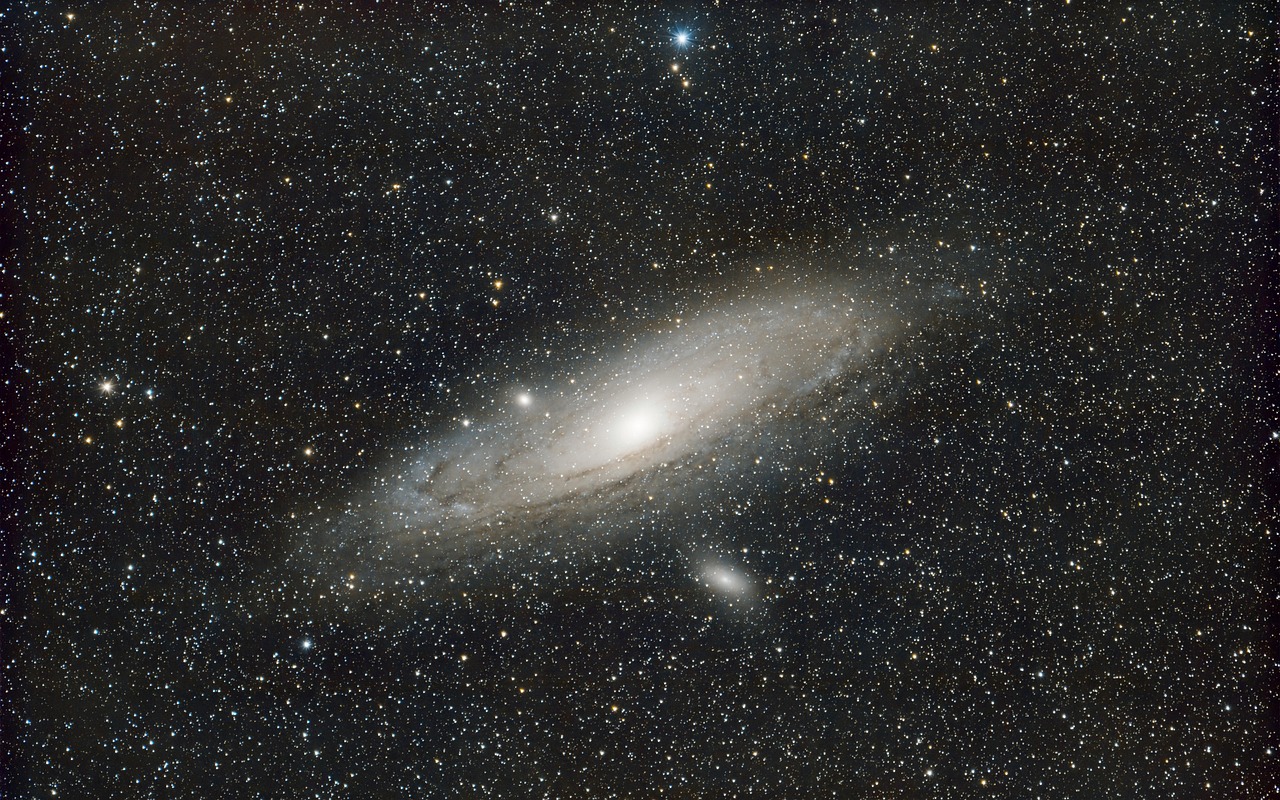
When we say the universe was smaller, we’re not talking about everything being squished into a tiny box. Instead, imagine if every distance between galaxies was reduced by a certain percentage. A galaxy that’s 100 million light-years away from us today might have been only 95 million light-years away during the late Cretaceous period.
Astronomers find that the Universe is 92 billion lightyears across even though it has been in existence for only 13.8 billion years. According to the standard view, it underwent a phenomenally rapid, faster-than-light, burst of expansion during its first split-second of existence. This observable universe was definitely smaller when dinosaurs were alive.
The Cretaceous Universe Was Still Impressive

Even though the universe was smaller during the age of dinosaurs, it was still mind-bogglingly vast. The Cretaceous is a geological period that lasted from about 145 to 66 million years ago. It is the third and final period of the Mesozoic Era, as well as the longest. At around 79 million years, it is the ninth and longest geological period of the entire Phanerozoic.
During this entire span, billions of galaxies filled the cosmos, stars were being born and dying, and the same fundamental forces that govern our universe today were at work. The difference was simply that everything was packed a bit more tightly together than it is now.
Galaxy Movement During Dinosaur Times
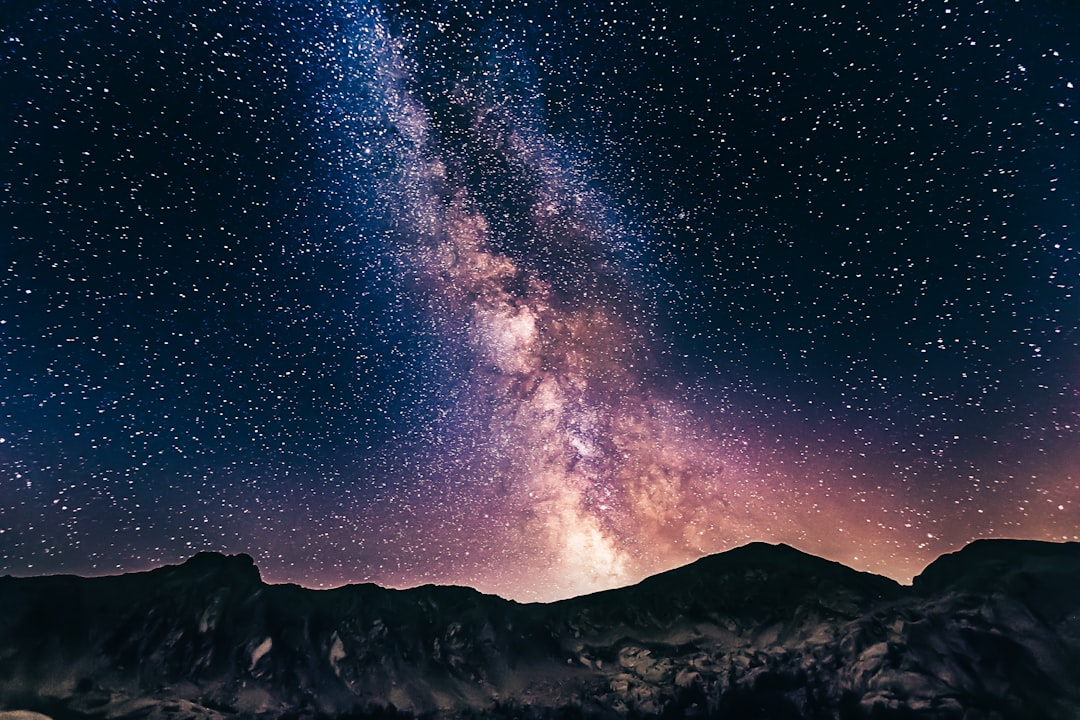
Here’s something that might blow your mind: not only was the universe smaller when dinosaurs lived, but when dinosaurs such as stegosaurs roamed the Earth, our entire solar neighborhood was on the opposite of the Milky Way galaxy that it is now. Our solar system takes roughly 225-250 million years to complete one orbit around the center of the Milky Way.
A galactic year is about 225-250 million years, and it was the beginning of the Jurassic period the last time Earth was at this point in its revolution. It’s been 200 million years since the dawn of the Jurassic period, the second of the three epochs in the Mesozoic era, during which dinosaurs roamed the Earth. This means some dinosaurs lived when Earth was literally on the opposite side of our galaxy from where we are now.
How Scientists Measure Cosmic Expansion

You might wonder how scientists can possibly know how big the universe was millions of years ago. The answer lies in careful observations of distant galaxies and something called redshift. When astronomers look at the light coming from atoms in a distant galaxy, they find that its wavelength is stretched and is said to be redshifted. They interpret this as being because of the expansion of the Universe in the time the light has been travelling across space to the Earth.
Using Type Ia supernovae, the expansion rate was measured to be H0 = 73.24±1.74 (km/s)/Mpc. This means that for every million parsecs of distance from the observer, recessional velocity of objects at that distance increases by about 73 kilometres per second. These measurements help scientists work backwards to understand how the universe has changed over time.
The Accelerating Expansion Mystery

One of the most surprising discoveries in modern cosmology is that the universe’s expansion is actually speeding up. About 5 or 6 billion years after the Big Bang, a mysterious force now called dark energy began speeding up the expansion of the universe again. In 1998, the Hubble Space Telescope’s observations of very distant supernovae revealed that a long time ago, the universe was expanding more slowly than it is today. In other words, the expansion of the universe was not slowing due to gravity, but instead inexplicably was accelerating.
This means that during the time of the dinosaurs, the universe was expanding more slowly than it is today. The mysterious dark energy that now drives accelerated expansion was just beginning to take over from the decelerating effects of gravity.
Dinosaur-Era Stars and Cosmic Structures
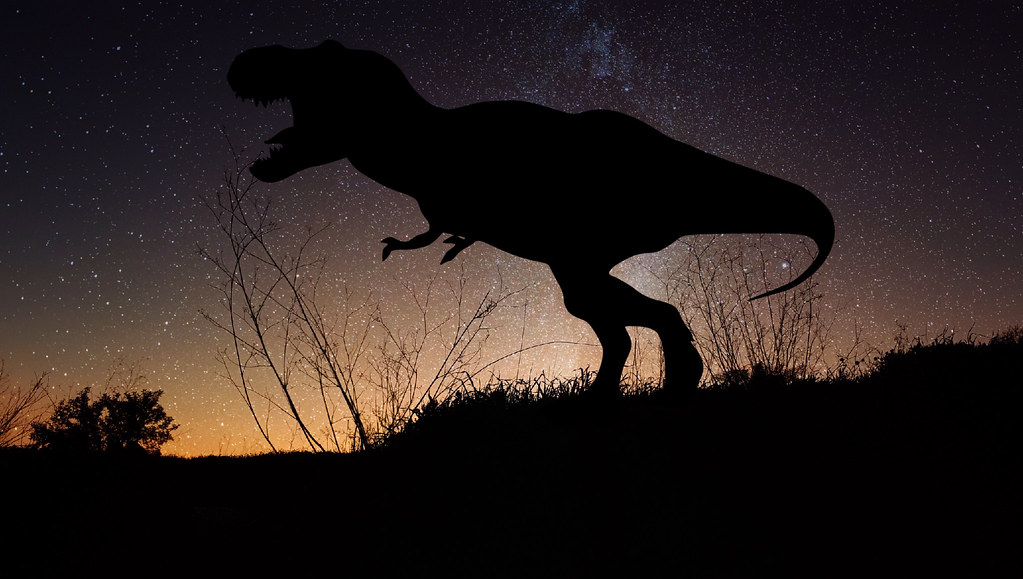
The universe during dinosaur times wasn’t just smaller – it was also younger, which meant many of the stars and structures we see today hadn’t formed yet. Some stars didn’t exist until millions of years after the extinction event, meaning dinosaurs lived under skies with different constellations and stellar arrangements than what we see today.
From 1 billion years, and for about 12.8 billion years, the universe has looked much as it does today and it will continue to appear very similar for many billions of years into the future. The thin disk of the Milky Way began to form when the universe was about 5 billion years old or 9 ± 2 Gya. The Solar System formed at about 9.2 billion years (4.6 Gya). So by the time dinosaurs appeared, most major cosmic structures were already in place, just closer together.
Putting It All in Perspective
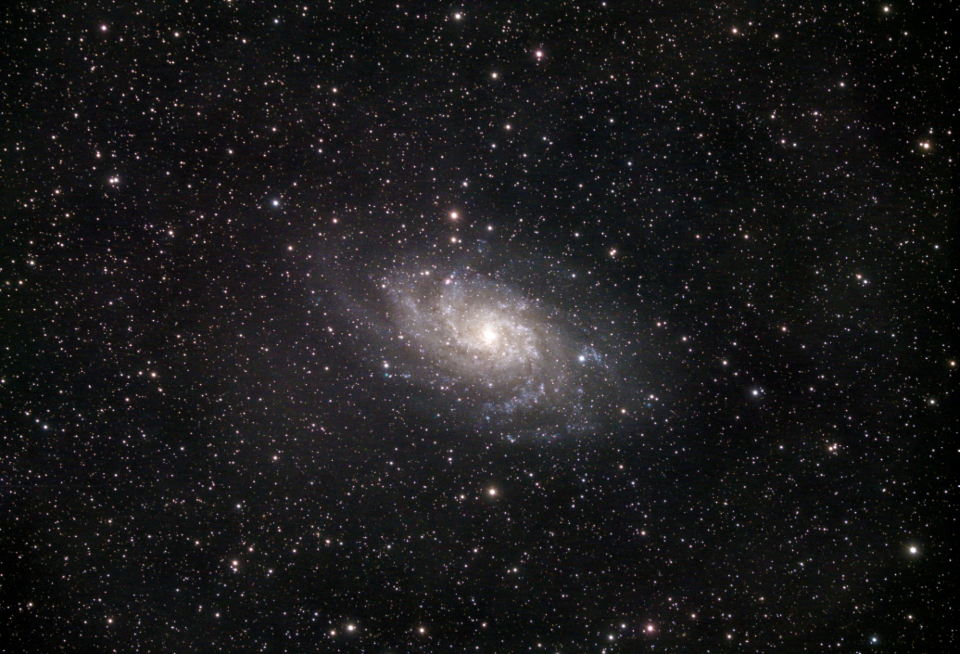
To really grasp these timescales, consider that dinosaurs went extinct about 65 million years ago (at the end of the Cretaceous Period), after living on Earth for about 165 million years. If all of Earth time from the very beginning of the dinosaurs to today were compressed into 365 days (one calendar year), the dinosaurs appeared January 1 and became extinct the third week of September.
In cosmic terms, the difference in universe size between then and now represents just a tiny fraction of cosmic history. Yet even this small change adds up to measurable differences in the distances between galaxies and the overall structure of space itself.
Conclusion
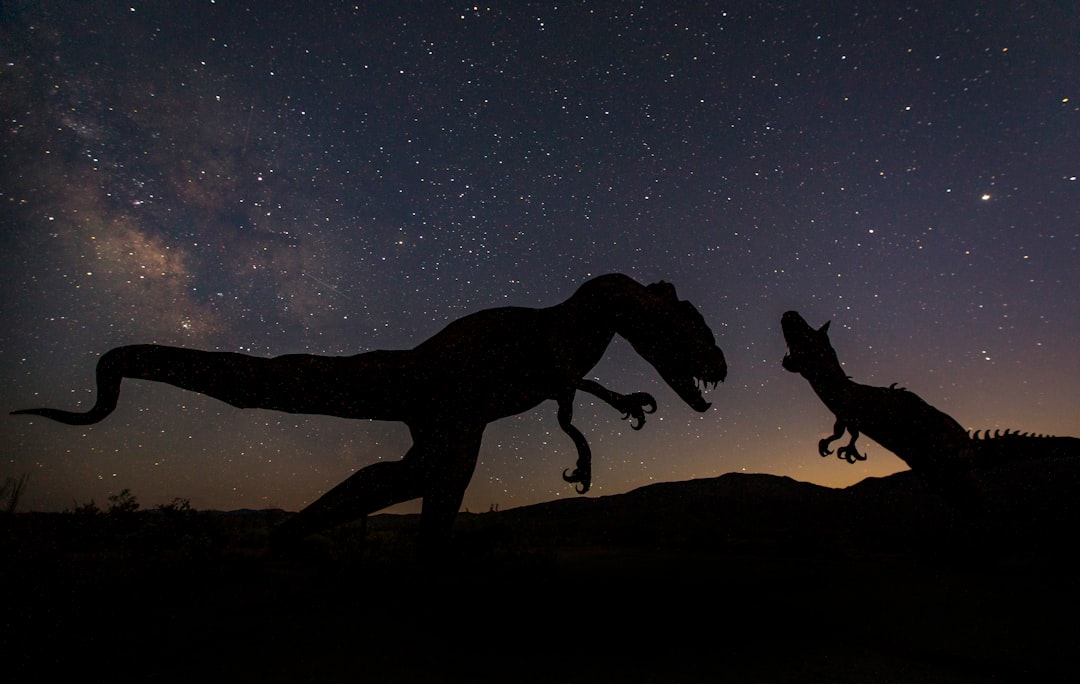
The universe when dinosaurs roamed the Earth was fundamentally the same cosmos we inhabit today, just compressed into a smaller version of itself. Every galaxy, star, and cosmic structure was closer together, making the universe more densely packed with matter and energy. While we can’t give you an exact percentage of how much smaller it was – the math gets incredibly complex when dealing with different expansion rates over time – we know with certainty that space itself has grown significantly since the age of dinosaurs.
It’s amazing to think that while massive sauropods were munching on prehistoric plants, they were doing so in a universe that was still expanding, still evolving, and still full of cosmic wonders. The stars above their heads were different, the galaxies were closer together, and our entire solar system was orbiting on the opposite side of the Milky Way. Makes you wonder what cosmic changes we’ll see in the next 100 million years, doesn’t it?


